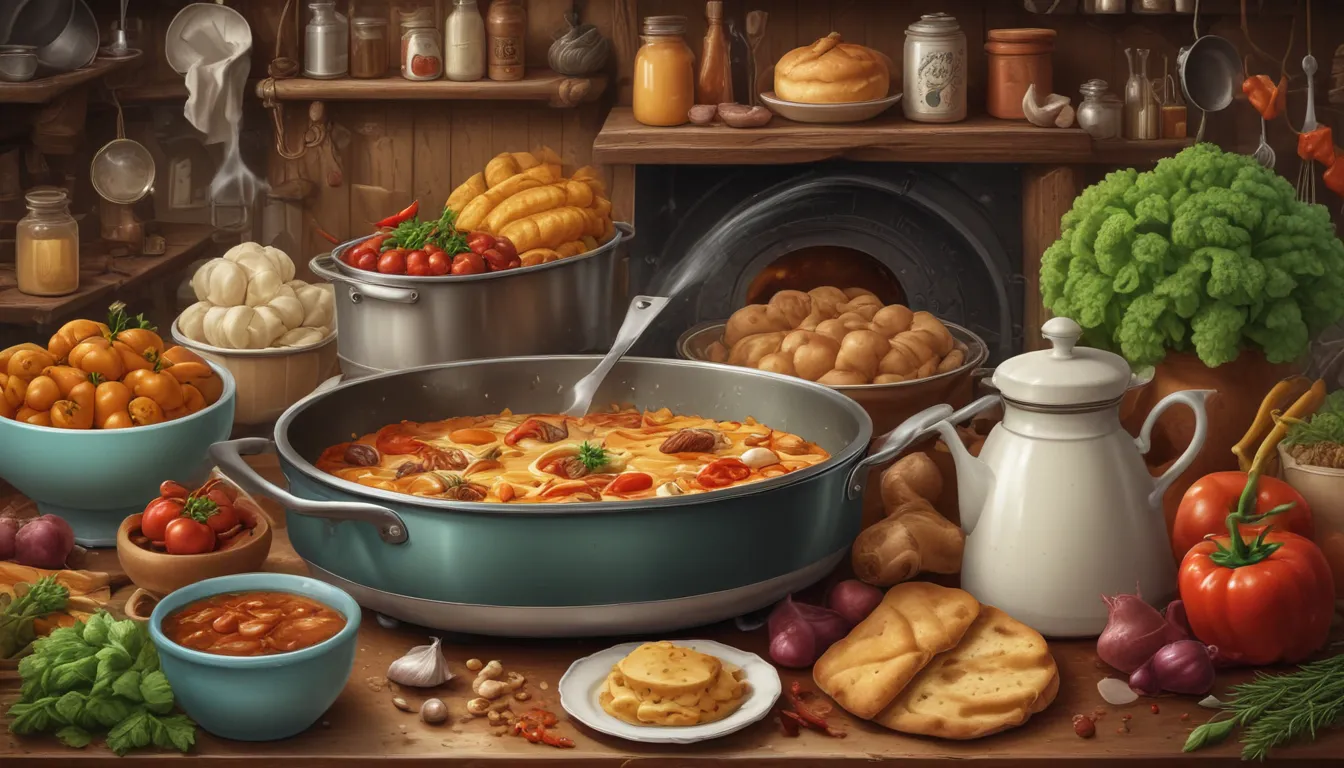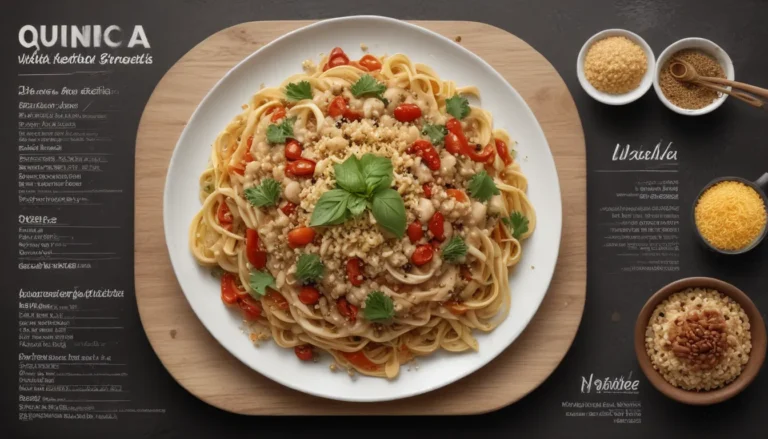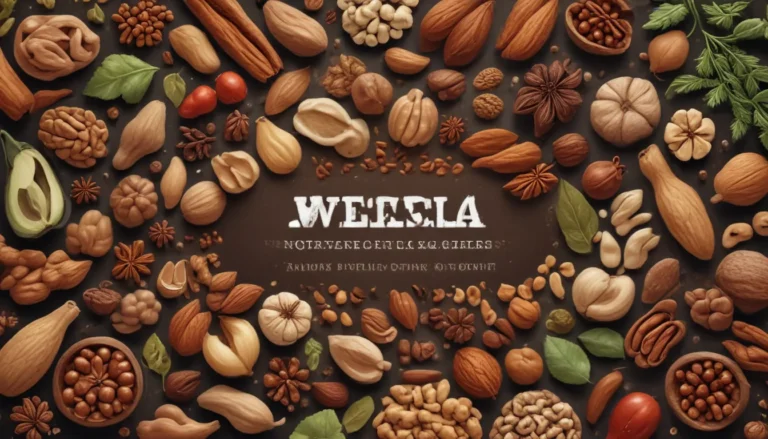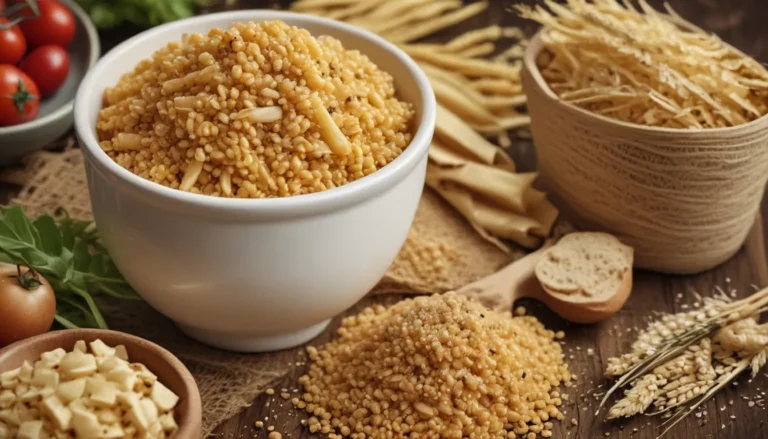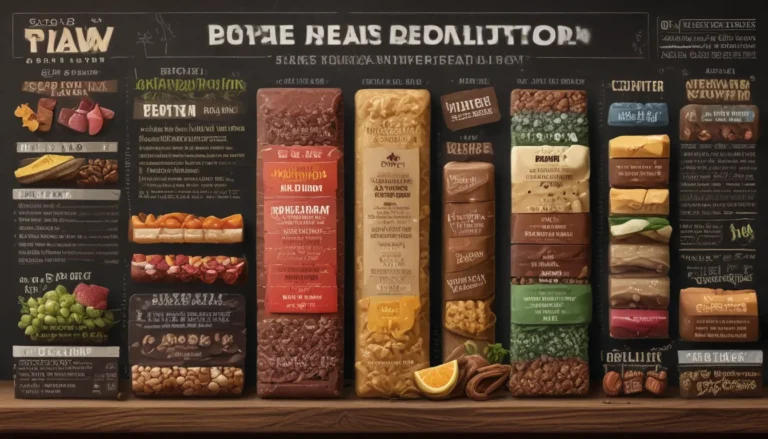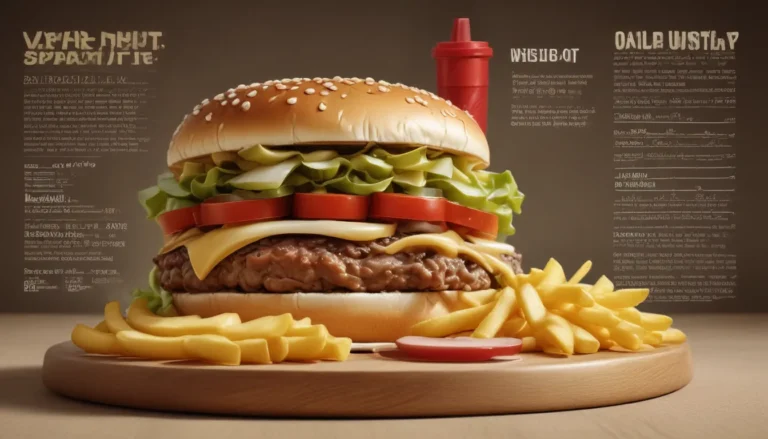The pictures in our articles might not always show exactly what the text is talking about. We use these images to make the article more interesting and eye-catching. They are there to add to the text, but not to replace it or show every detail.
Welcome to the exciting world of cooking! From the earliest days of human history to our modern culinary practices, cooking has played a crucial role in providing nourishment, pleasure, and culture. Join us on a journey through some fascinating cooking facts that will make you see food in a whole new light.
The Evolution of Cooking
Cooking is not just about preparing a meal—it is an art, a science, and a discipline that has been refined over millions of years. The earliest evidence of cooking dates back to 1.8-2.3 million years ago when humans discovered that roasting food over an open flame made it more digestible. This simple practice kickstarted a culinary revolution that continues to thrive today.
Throughout history, various cooking methods have emerged, such as steaming in rolled leaves and baking in ovens. These techniques not only transformed raw ingredients into delicious dishes but also played a crucial role in the development of human civilization. Cooking helped our ancestors digest food more efficiently, leading to the growth of their brains and the shrinking of their gut—literally shaping who we are today.
The Art of Culinary Creation
Culinary arts is the term used to describe the intricate process of preparing, cooking, and presenting food. From the ancient pastries of Greece, Rome, and Phoenicia to the delicate flavors of modern cuisine, chefs around the world have elevated cooking to an art form. The Michelin Star, considered the pinnacle of culinary excellence, is the highest international award a chef can achieve, symbolizing mastery and creativity in the kitchen.
Quirky Cooking Tidbits
As we delve deeper into the world of cooking, we uncover some quirky and fascinating facts that shed light on the lesser-known aspects of this culinary journey.
- Did you know that chopsticks were originally created for cooking, not just as utensils for eating?
- The first known restaurant in the world, which opened in Paris in 1765, served only one dish: sheep's feet in white sauce.
- In 17th-century Europe, chefs often worked naked or in their underwear due to the intense heat of the kitchen.
- Cheese is the most stolen food item, highlighting its universal appeal and desirability.
Unveiling Culinary Curiosities
Explore the intriguing world of cooking with these fascinating tidbits that are sure to whet your appetite for culinary knowledge.
- Hard-boiled egg yolks turn green due to a chemical reaction with iron(II) sulfide.
- Mushrooms contain a special polymer called chitin in their cell walls, allowing them to retain a tender texture even at high temperatures.
- Pies served in 16th-century England often contained live animals like frogs and squirrels, adding a surprising twist to celebratory dishes.
- Pufferfish, a Japanese delicacy known as fugu, is one of the most dangerous dishes to prepare due to its toxic nature when not handled correctly.
From Gastronomic Delights to Culinary Dangers
As we journey through the world of cooking, we encounter a blend of delights and dangers that make this culinary adventure truly captivating.
- Black pepper was once so valuable that it served as currency in the Middle Ages, highlighting the allure of exotic spices.
- American housewives in World War II were urged to donate excess fat from cooking to create explosives for the war effort, showcasing the creative repurposing of culinary resources.
- Microwaving is considered one of the healthiest ways to cook vegetables, preserving more nutrients compared to other cooking methods.
Culinary Myths and Revelations
Delve into the realm of cooking myths and facts that challenge our perceptions and enlighten us about the intriguing world of culinary creations.
- There is no direct link between cancer and grilled food, although burnt meat and fat can release harmful chemicals.
- Edible gold, made from 24-karat gold, is a lavish addition to culinary creations, adding a touch of luxury and opulence.
- Food TV may inspire viewers to eat more but not necessarily cook more, highlighting the entertainment value of culinary shows.
Culinary Wonders and Delicacies
Embark on a culinary adventure filled with wonders and delicacies that showcase the diversity and richness of the world's gastronomic treasures.
- Saffron, known as the world's most expensive spice, is more valuable than gold due to its labor-intensive production process.
- Truffles, particularly the rare Alba White Italian truffle, command exorbitant prices and remain elusive due to their seasonal availability.
The Kitchen Secrets Revealed
Unveil the secrets hidden within your kitchen and unravel the mysteries that make cooking a fascinating blend of art, science, and creativity.
- Sharp knives are safer than dull knives, as they reduce the risk of slippage and injuries.
- Salted butter can be left out of the fridge longer than unsalted butter, offering a convenient option for storing this kitchen staple.
As we conclude our culinary exploration, we invite you to savor the rich tapestry of cooking facts that showcase the evolution, artistry, and ingenuity embedded in every culinary creation. From ancient cooking practices to modern culinary delights, the world of cooking continues to inspire, surprise, and delight us with its endless possibilities. Join us on this gastronomic journey and discover the magic of cooking that transcends time, culture, and tradition. Happy cooking!
